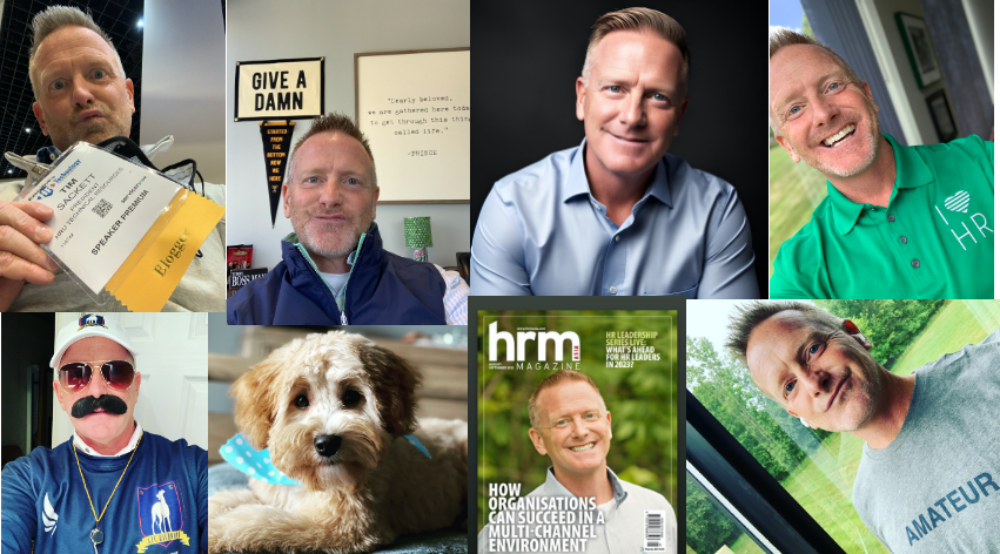Have you heard of the dating concept called, “Stashing”?
Here’s the Urban Dictionary definition of stashing (editor’s note: you know you’re about to read a great HR post when it starts with a definition from Urban Dictionary!):
“Stashing is when you’re in a relationship with someone and you refuse to introduce them to your friends and family; mostly because you view the person as temporary, replaceable, and/or you’re an assh@le.”
There are other reasons you might ‘stash’ someone. Maybe you know your friends and family would approve of this person, so you stash them because you still like them, but you don’t want to upset your friends and family. Maybe you’re worried your friends might try and move in on this person themselves, so you stash them.
But, usually, stashing has more to do with there is something about the person that embarrasses you, most likely because you’re a shallow, horrible person, so you stash this person you’re in a relationship with. On the leadership side, stashing actually takes the exact opposite effect.
Leadership Stashing
Leadership stashing is when a leader purposely makes sure one of their direct reports doesn’t have a high profile, so that other managers within the same organization won’t know you have a rock star on your team and then try to steal them to their team.
This happens all the time, especially within large organizations!
Here’s how it works. I’m a leader of a group, my name is Tim. A year ago I hired Marcus right out of college. Your basic new hire grad. Green as grass, just like every other new graduate. I quickly came to understand that Marcus had ‘it’. He was a natural. I know Marcus will easily be better than me in the near future if he’s not already better than me.
As a leader, I’ve got a decision to make. Keep Marcus stashed on my team and reap the professional benefits, or position Marcus for promotion, in which I’ll probably lose him off my team. With Marcus on my team, I exceeded all my measures last year, and Timmy got a big bonus. So did Marcus.
When asked in leadership meeting what I’m doing with my ‘team’ to exceed all my measures, I let everyone know some of the ‘new’ leadership accountability strategies I’m using, and how it really comes back to setting great measures and then holding your team accountable to meeting those measures. Marcus, specifically, doesn’t come up.
Am I a bad leader?
Yes, and this is happening in every organization on the planet.
We love to frame this around, “well, Marcus just needs some more seasoning, and I’m the right person to give it to him”. “Marcus is young, and not quite ready.” “Under my leadership, Marcus is thriving, but under some of these other yahoos, who knows what might happen.”
The right thing to do is obvious and simple. My group is doing well, I let the organization know, it’s a team effort, but you all have to know, I hired a rock star, and we need to get Marcus on a fast track to leadership. That’s the right thing, but it’s not as easy as it sounds when you’ve been struggling to climb your own ladder.
What we know is leaders stash talent.
It’s our job as HR pros and leaders to find that stashed talent and elevate that talent within the organization. If we don’t, that talent will most likely leave because being stashed sucks in life and in your career.


